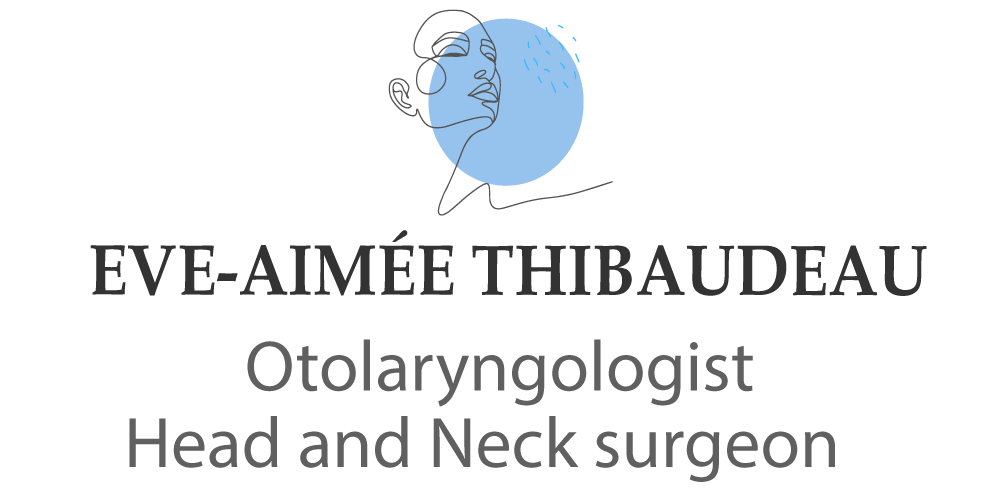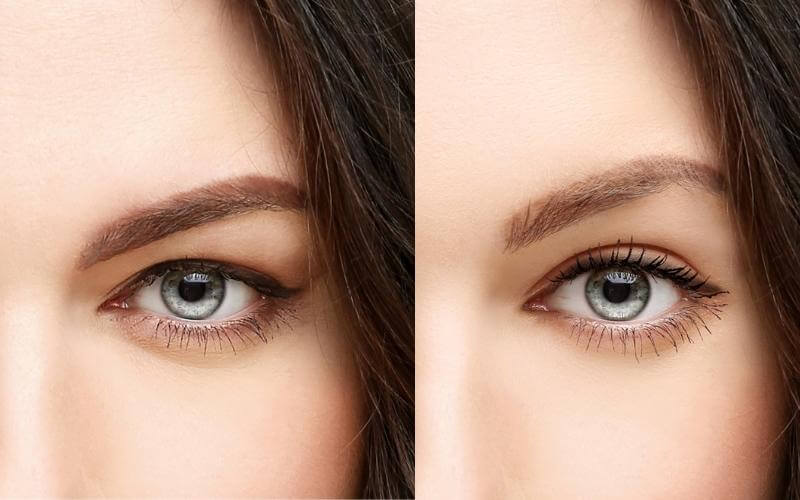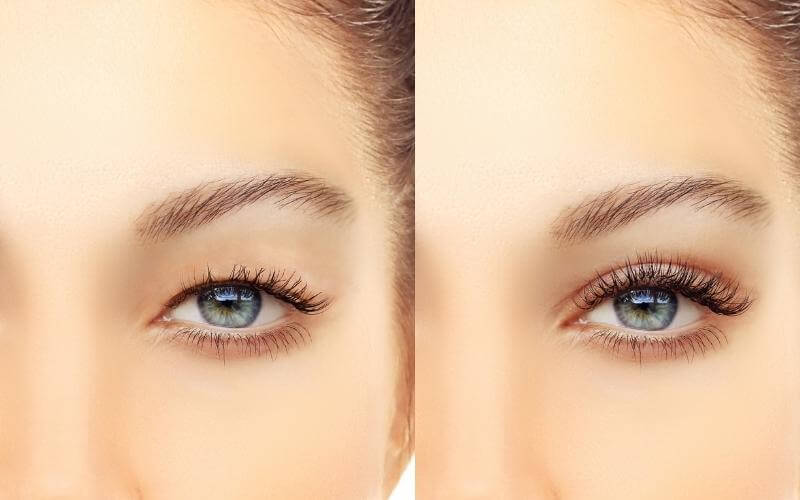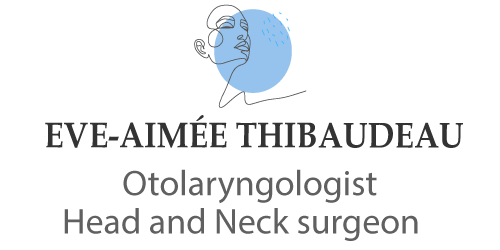Upper eyelid blepharoplasty is a surgical procedure that refreshes and rejuvenates the eye area by treating excess skin and drooping eyelids. The surgery addresses many aesthetic changes to the upper eyelids, including a swollen appearance and ptosis (sagging, drooping) which may affect visual fields.
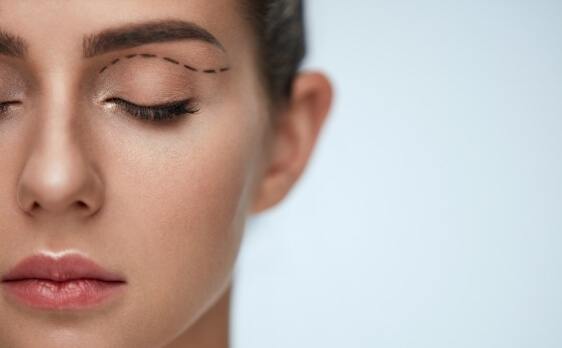
As time passes, the upper eyelid may show increased skin laxity and skin surplus. This excess skin can cause a drooping of the eyelid, giving the face a tired or more severe look. The skin surplus can also make it difficult to apply makeup.
Upper eyelid blepharoplasty will address these problems without drastically changing the appearance of your face.
Dr Thibaudeau will evaluate if you are a good candidate for the procedure during your initial consultation, during which she thoroughly analyzes your face, your goals and your concerns.

Experience
Upper eyelid blepharoplasty is performed as an outpatient procedure.
The intervention is painless as it is performed under local anesthesia.
On the day of surgery, Dr Thibaudeau will mark your eyelids prior to administering local anesthesia. The face is then meticulously cleaned and the procedure is sterile.
You may return home after the surgery.
You will receive instructions to wear tinted sunglasses and to protect skin to help the healing process.
Pain medication, cold compresses, and eye and skin ointments can be used to minimize swelling, bruising, irritation, and dry eyes, which are all normal after the surgery.
Sutures will be removed one week after the surgery.

Safety
Like any surgery, upper eyelid blepharoplasty presents the universal (but minimal) risks of scarring, bleeding and bruising, infection and pain (temporary or rarely permanent).
Swelling is normal for several days after the surgery. In rare cases, it may impair eye closure during sleep temporarily and very rarely permanently; this can be alleviated by eye ointments.
It is important to contact the clinic if you experience sudden pain or rapid eye swelling after the surgery.
In some cases, the correction may appear insufficient. If Dr Thibaudeau deems it appropriate, this can be corrected by a touch-up intervention. It is much easier to address remaining excess skin than to fix a deficit when too much skin has been removed!
The main risk of any aesthetic surgery is to be dissatisfied by the results. This is risk is minimized by a thorough analysis of your desires and expectations by Dr Thibaudeau prior to the surgery. Tissues heal differently from one patient to the next, and this cannot, unfortunately, be controlled by the surgeon. There is always a risk that individuals will heal in a way that produces asymmetries or abnormal scarring that may require corrections.

Time
The surgery itself lasts about one hour.
Recovery can be expected to last approximately one week, with most patients returning to work after seven to ten days.
Strenuous physical activity should be avoided for 4 weeks after the surgery.
Blepharoplasty Before & After
Results continue to improve over six to twelve weeks.
